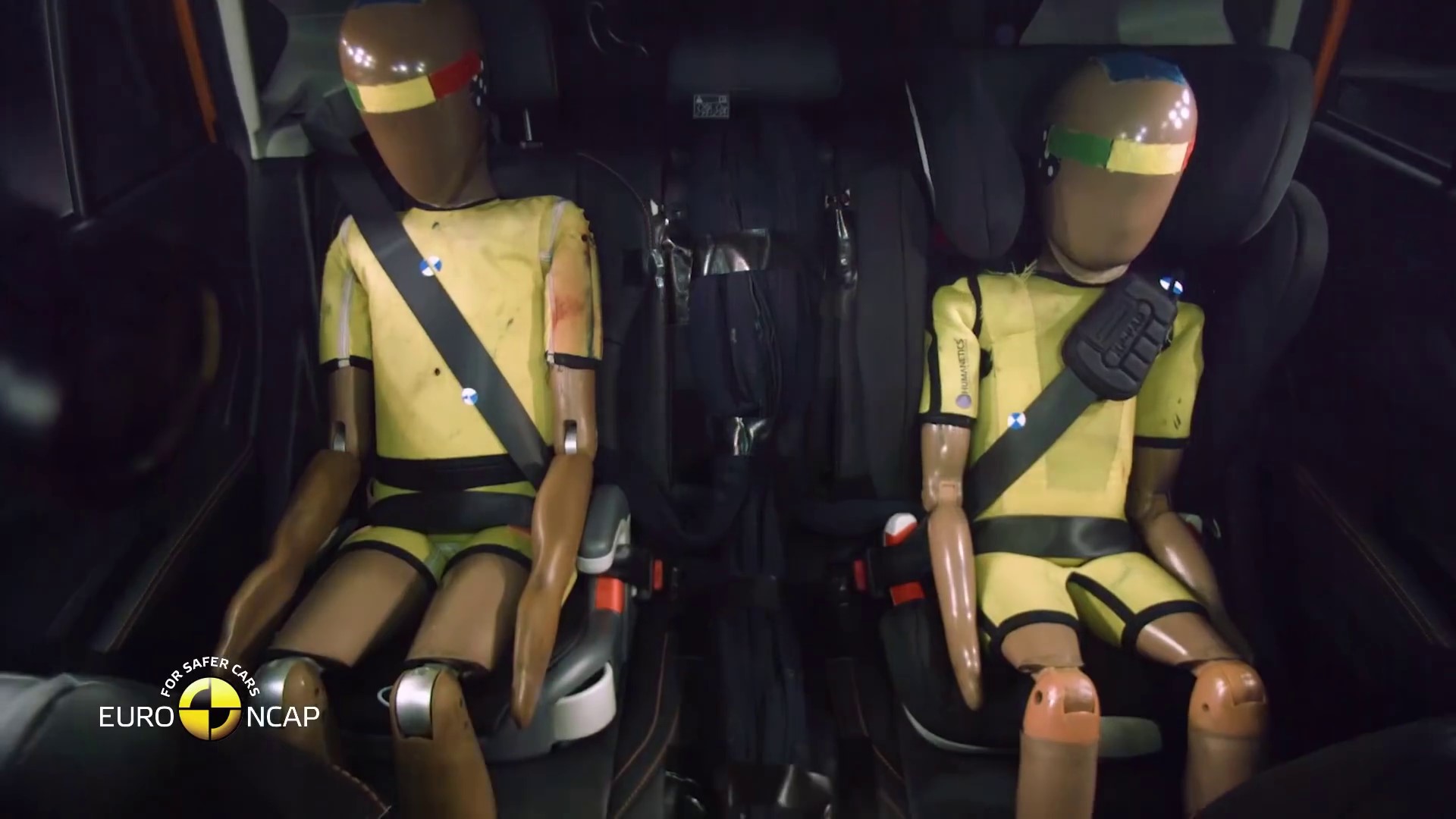I-size regulations for child restraint systems: Comparative protocol study between R-44 and R-129
Although EU data show a reduction in road fatalities in recent years, children remain a vulnerable group of road users.
Improving the kinematics and biomechanics considered in testing child restraint systems (CRS) can enhance the safety of child passengers in vehicles. Both anthropometry (i.e. measurements of the human body) and side impact need to be considered to gain a better understanding of real road accidents.
These considerations require the old ECE R-44 regulation to be replaced. In 2013, a new ECE R-129 regulation was adopted by the United Nations Economic Commission for Europe (UNECE).
The evolution of the ECE R-44 regulation to the ECE R-129 regulation allows for better adaptation to the reality of what happens on the road. The regulation, however, provides for a five-year window to adopt the new standard, during which time the homologation of CRS may be subject to either the new ECE R-129 or the old ECE R-44. The ECE R-129 thus complements the existing standard, guaranteeing greater risk protection for children up to 10 years or 125 cm.
At the Society of Automotive Engineers (SAE) Brasil 2018 congress in Sao Paulo, our passive safety team outlined these differences to the conference attendees. This was important as, unlike the UNECE and its 60 member countries, Brazil did not adopt the ECE R-129 . As of 2019, therefore, only the ECE R-129 will remain in force there. The conference thus presented an ideal opportunity to outline the trial and related recommendations.
The ECE R-129 collects all of the same kinematic considerations as its predecessor, while adding new testing requirements and other biomechanical restrictions. In anthropometric representation, for example, it includes several fundamental considerations. Key improvements noted are:
- Recommendation that children up to 15 months of age should face in the opposite direction to the direction of travel.
- In dynamic tests, dummies from the Q family are used.
- Dynamic tests capture additional signals to those of ECE R-44:
- Capture of force and neck momentum.
- Capture of head acceleration.
- Dynamic tests consider those that provide protection in lateral collision tests, representing 28% of the road accidents that involve children. The test can be carried out with deceleration or acceleration sledges (Hi-Gy) by mounting a sled on a sled system.
- SRI I-size, as (among other things) it no longer considers the anchoring of the SRI by the vehicle belts, but only through the ISOFIX system. This system is easy to install, which significantly reduces misuse. In addition to ISOFIX anchoring, the SRI incorporates anti-rotation systems (top-tether or support leg), allowing the seats to be deemed universal.
As of 2019, SRIs can only be approved if they comply with ECE R-129. Like its predecessor, the new regulation contains obligations that apply to child car seat manufacturers, as well as the automobile manufacturers tasked with their assembly. As with other regulations, approval laboratories will use the directive as their guideline.
2019 is the first year in which the new ECE R-129 regulation will be applied exclusively, requiring CRS and vehicle manufacturers to adhere to its standards for their corresponding releases. New cars are continually seeking to improve occupant and pedestrian safety, and child protection is no exception.
